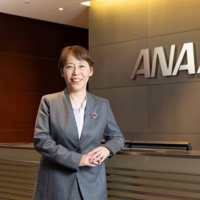The teacher-student relationship at elementary schools is breaking down. A nationwide survey by the National Institute for Educational Research, an affiliate of the Education Ministry, finds that 26 percent of principals and 32 percent of teachers faced "gakkyu hokai" (classroom chaos) in 2000. The figures are much higher than the 18.7 percent recorded in a similar survey for the same period by the Tokyo Metropolitan Government.
The ministry poll -- which covered about 7,000 principals and teachers at 600 schools throughout the nation -- also reveals the existence of a wide gap in perception between administrators and instructors regarding actual conditions in the classroom. When asked how long chaos continued -- a key measure of the disorder -- 18 percent of the principals said " a full year," compared with 34 percent of the teachers. The situation "improved" in due course, replied 85 percent of the principals in contrast to 54 percent of the teachers. All this indicates that principal and teachers at many schools do not share the same sense of crisis.
Another important finding is that the relationship among teachers themselves, not just between teachers and students, is also responsible for classroom dysfunction. Disorders occurred more frequently at schools where teachers felt more constrained to speak out. By the same token, order returned more quickly at schools where teachers opened their classes more freely to each other for observation or cooperated more closely in coping with anarchy in the classroom.
















With your current subscription plan you can comment on stories. However, before writing your first comment, please create a display name in the Profile section of your subscriber account page.